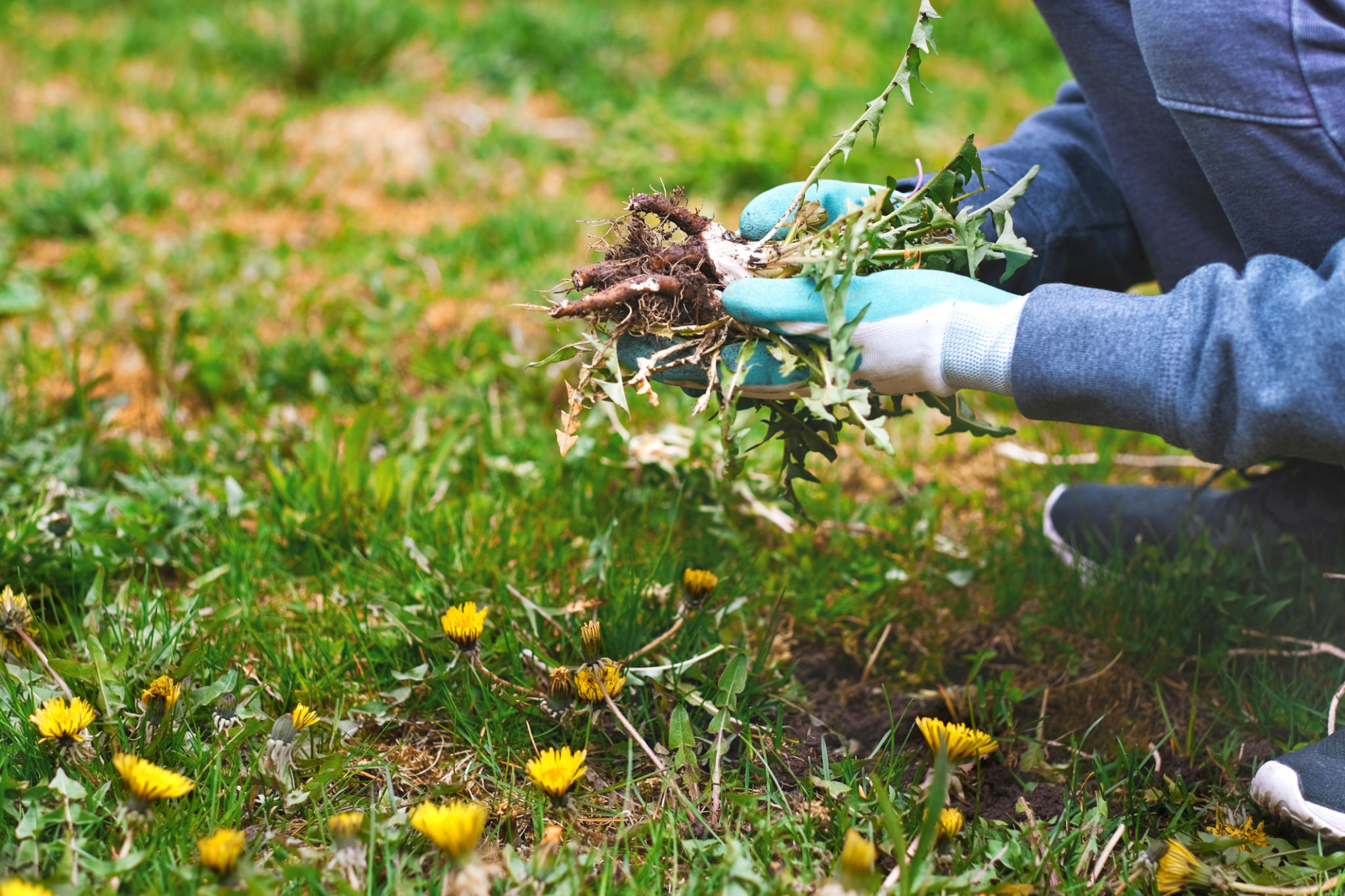How Local Regulations Affect Weed Control in Limpopo
Understanding the Importance of Weed Control in Limpopo
Weed control is a crucial aspect of agriculture and landscaping in Limpopo, a region known for its diverse flora and fauna. Effective management of invasive plants is essential not only for maintaining agricultural productivity but also for preserving the local ecosystem. However, the approach to weed control is significantly influenced by local regulations, which aim to balance economic benefits with environmental protection.

Local Regulations and Their Impact
In Limpopo, local regulations play a pivotal role in determining how weed control measures are implemented. These regulations are designed to ensure that practices are sustainable and do not harm the environment. They also provide guidelines on the types of herbicides that can be used, application methods, and timing. Adhering to these regulations is essential for farmers and landowners to avoid penalties and contribute to environmental conservation.
Permitted Herbicides and Application Methods
One of the most significant regulatory aspects involves the types of herbicides that are permitted for use. In Limpopo, there is a list of approved chemicals that have been evaluated for their environmental impact. The regulations specify permissible concentrations and application techniques to minimize any adverse effects on non-target species. It’s crucial for those involved in weed management to stay informed about these approved substances to ensure compliance.

Seasonal Restrictions and Timing
Another critical regulatory consideration is the timing of weed control activities. Local authorities in Limpopo often impose seasonal restrictions to protect vulnerable plant and animal species during specific times of the year. For example, spraying may be restricted during the breeding seasons of certain birds or flowering periods of indigenous plants. Understanding these timing restrictions helps in planning effective weed control strategies that align with environmental guidelines.
Impact on Agricultural Practices
For the agricultural sector, complying with local weed control regulations is not just a legal obligation but also a practical necessity. Farmers must integrate these guidelines into their crop management plans to maintain soil health and crop yields. By adhering to regulations, they can prevent the spread of invasive species that compete with crops for resources, thus safeguarding their livelihoods.

Challenges Faced by Landowners
Despite the clear advantages of following local regulations, landowners may face several challenges. The cost of compliant herbicides and their application can be higher than non-compliant alternatives. Additionally, staying updated with changing regulations requires continuous education and adaptation. However, understanding these challenges is the first step towards overcoming them and ensuring sustainable land management.
Community Involvement and Education
Community involvement is essential for successful weed control efforts in Limpopo. Local authorities often engage communities through educational programs that highlight the importance of following regulations. Workshops and seminars are conducted to educate landowners and farmers on best practices and emerging trends in sustainable weed management.

Future Directions and Innovations
The future of weed control in Limpopo looks promising with ongoing research and innovations in sustainable practices. Advances in biotechnology could lead to the development of more environmentally friendly herbicides or alternative methods of weed management. Embracing these innovations while adhering to local regulations will be key to achieving long-term ecological balance.
In conclusion, local regulations significantly affect weed control practices in Limpopo by setting standards that protect both agriculture and the environment. By understanding and complying with these regulations, stakeholders can effectively manage invasive species while contributing to the region's ecological sustainability.